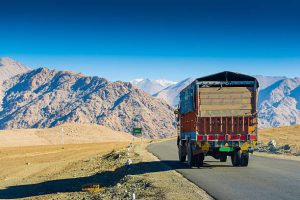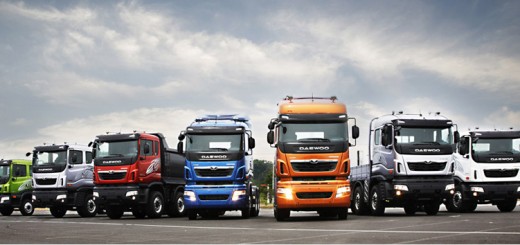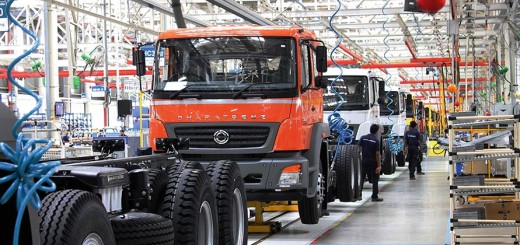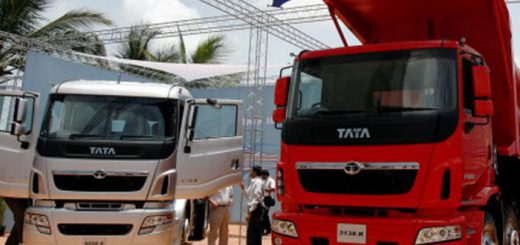The Indian truck market is anticipated to rise by more than four times by 2050
The report also recommended that financial institutions attempt to create more palatable financing options for zero-emission trucks. The number of vehicles is anticipated to more than quadruple, from 4 million in 2022 to around 17 million trucks by 2050, according to the report titled “Transforming Trucking in India: Pathways to Zero-Emission Truck Deployment.”
According to a research released on Friday by Niti Aayog, the Indian trucking industry is anticipated to grow more than four times by the year 2050.
The report also recommended that financial institutions attempt to create more palatable financing options for zero-emission trucks. The number of vehicles is anticipated to more than quadruple, from 4 million in 2022 to around 17 million trucks by 2050, according to the report titled “Transforming Trucking in India: Pathways to Zero-Emission Trucks.The number of vehicles is anticipated to more than quadruple, from 4 million in 2022 to around 17 million trucks by 2050, according to the report titled “Transforming Trucking in India: Pathways to Zero-Emission Truck Deployment.”
“India’s trucking market is expected to grow over 4x by 2050 — fuelling the nation’s economy and transportation emissions,” it said. Noting that road transport (trucks) carry the majority of India’s commodities, accounting for 70% of today’s domestic freight demand, the research stated that heavy and medium-duty trucks (HDTs and MDTs) are responsible for the majority of that road transportation.

According to the report, India presently transports 4.6 billion tonnes of freight per year, resulting in a 2.2 trillion tonne-kilometer (tonne-km) annual transportation demand that costs Rs 9.5 lakh crore.
The report noted that as demand for goods grows, so will the related road freight movement, which is predicted to reach 9.6 trillion tonne-km by 2050 as a result of urbanisation, population growth, the emergence of e-commerce, and growing income levels.
“In light of these market trends… lenders and other financial institutions can work to structure more-favourable financing for ZET loans through tailored loan products, better-informed depreciation criteria, and alternative credit evaluations,” it suggested. Battery electric trucks (BETs) and fuel cell electric trucks (FCETs) are examples of zero-emissions trucks (ZETs), which also have lower running costs.
According to the report, transportation costs account for 62% of all logistics expenses in India and 14% of the country’s GDP. “Since diesel fuel costs account for the overwhelming majority of transportation costs, ZET adoption can dramatically lower associated fuel costs by up to 46 per cent over the vehicle’s lifetime, with broad implications for the Indian economy,” it noted.
In 2050, almost nine out of ten trucks that are sold might be ZETs, according to the analysis, provided that costs are competitive and technology is mature. In order to lower charging costs, the research advocated using governmental intervention.
This included upfront subsidies, energy tariffs that do away with demand charges and/or impose EV-friendly rate structures, and concessional land for the development of ZET charging infrastructure. Additionally, it recommended accelerating up the infrastructure installation procedure to reduce the permission and interconnection processing periods for charging infrastructure development in order to reduce the soft costs associated with charging deployment.
Read More At:-https://cutt.ly/zC95GYU




Recent Comments